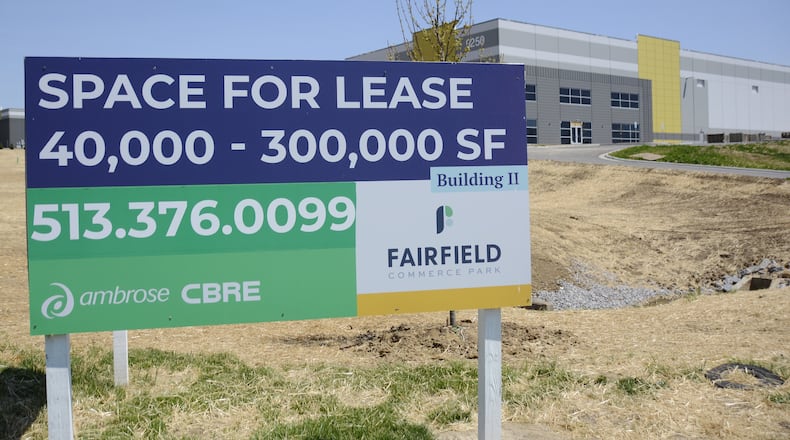Timmer said the TED Fund focuses on four areas: job creation, business recruitment and retention, identifying and capitalizing on strategic properties, and blight removal. He said these four areas “are critical to the continued prosperity of the city of Fairfield.”
The fund is not unlike a fund created in the 1990s to help get the Village Green project up and running.
“That ability to see what was coming down the road, set it up to provide dedicated funding sources, is what allowed some of that money to be available and ready to start that project when we were ready to go,” Timmer said.
The TED Fund would be applied broadly throughout the city, according to the plan, and Kathman said the strategy aligns with the city’s goals.
“In the city’s Fairfield Forward comprehensive plan, the issue of redevelopment, revitalization and removing blight is all over that plan,” he said.
Funding the TED Fund would require the city to advance seed money, which $150,000 was identified for that purpose in the 2021-2025 Capital Improvement Program. Sustaining the fund, Timmer said, is “built around the concept of unanticipated revenue.”
When the city draws up its annual budget, there is always a reserve balance where not all the incoming revenues are spent. If revenues are higher than projected, or expenditures are lower than projected, that extra cash would be “unanticipated revenue,” and 20% of that is proposed to go into thisfund.
While there are no guarantees on the amount that could be injected into the TED Fund, Timmer said over the past decade, 20% of unanticipated revenue has averaged $385,483 per year.
“That seemed like a strong way to begin that initial funding,” said Timmer, who proposes analyzing the fund annually to see if more or less needs to be transferred in. And annual transfers can be skipped if there are other needs of the city in any given year, he said.
“So, by funding it in a way where we analyze it annually, I think we’ll have a better grasp on (it),” Timmer said. “We’ll be able to come forward with a recommendation, and demonstrate why the funds are appropriate in this area versus the needs of the general fund as a whole.”
City Council appears to be in favor of approving legislation to create the fund at its May 10 meeting as Councilman Tim Abbott called the initiative “very creative” and Councilman Mark Scharringhausen said an annual review “makes the most sense.”
Councilman Bill Woeste echoed Mayor Steve Miller ― who said the city should create it “with some teeth” — and needs more than the initial $150,000 to start. Scharringhausen said compared to what’s needed, $150,000 is “a pittance.”
“If we’re going to be a player, $1 million is probably where we want to start,” Woeste said.
Miller
said putting in “a couple hundred thousand dollars a year is not going to scratch the surface.” The mayor compared the TED Fund to what Hamilton has done with its CORE Fund, a private-public partnership designed to acquire property and invest in the community.
While this is not a private-public partnership like the CORE Fund, the end result would be the same, Miller said.
“Hamilton’s completely controlled their own destiny,” he said.
Timmer said even if there isn’t $1 million in the fund, there are other funding mechanisms to utilize for any project, including using funds directly from the general fund.
If the council passes a resolution to establish the TED Fund, the fund must be approved by the Ohio auditor. City officials anticipate transferring $150,000 from the general fund to the TED Fund before the end of May. Transfers of unanticipated revenues would take place in the first quarter of each fiscal year.
About the Author

